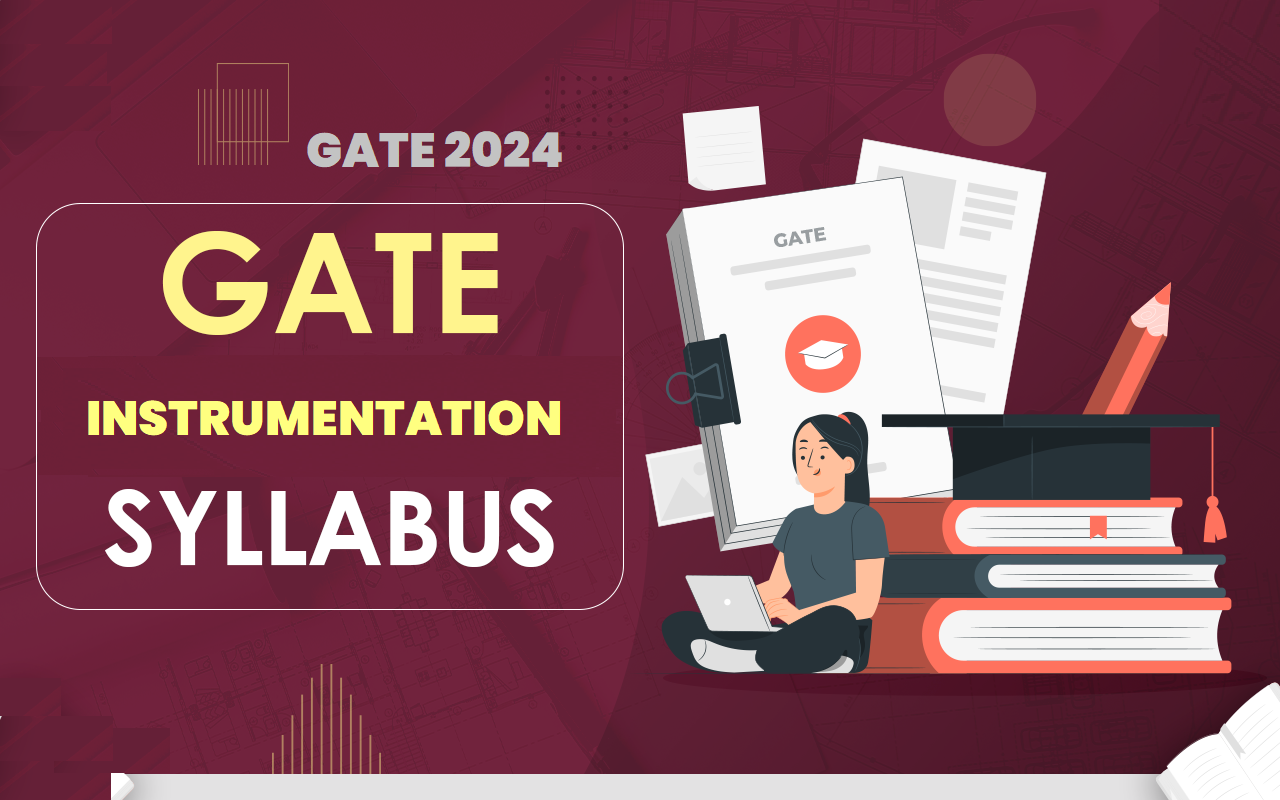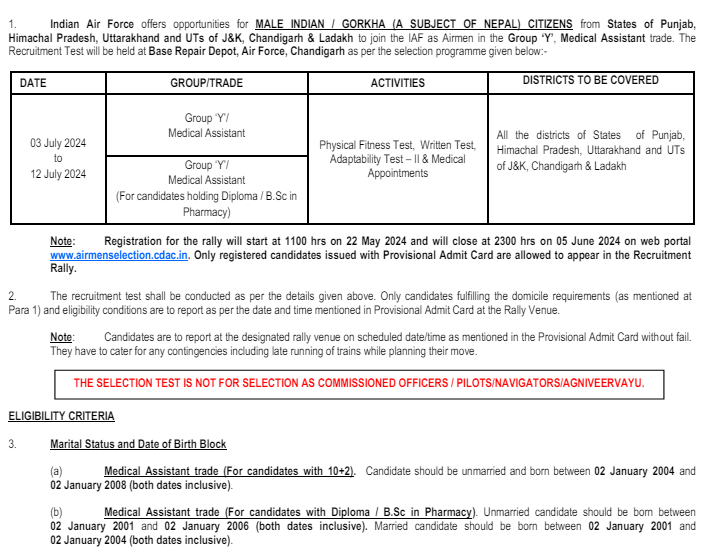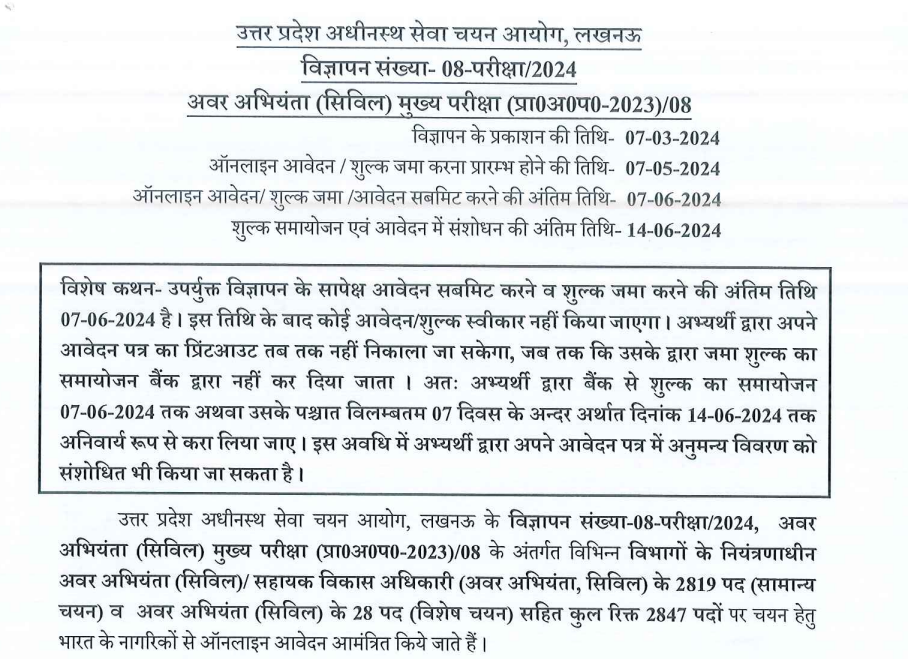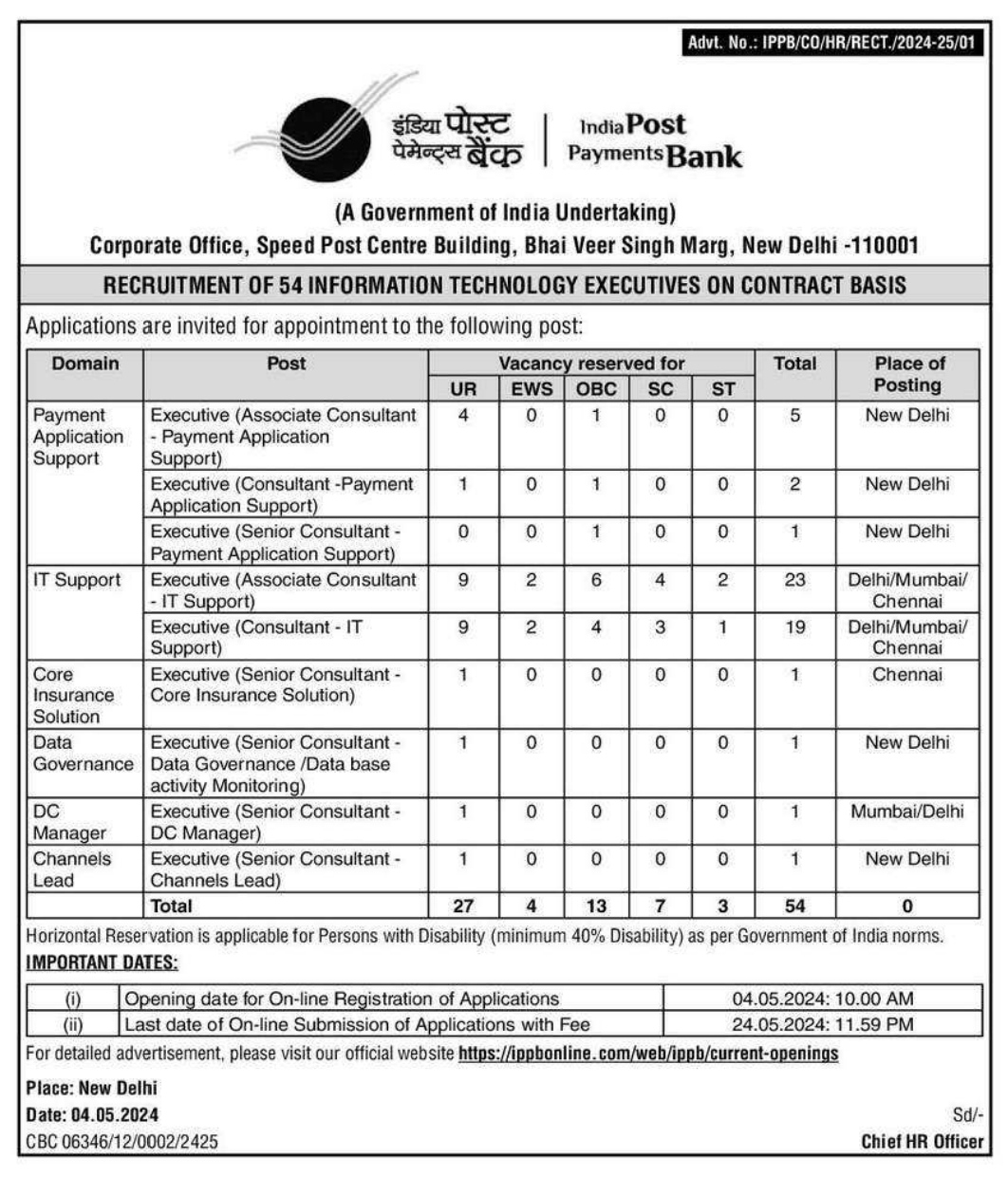GATE Instrumentation Syllabus 2024, Download The PDF Now
GATE Instrumentation Engineering syllabus 2024 (IN) – Check the list of the important topics and sections covered in the Instrumentation Engineering syllabus.
Find out the important topics and ten major sections covered in the GATE instrumentation engineering syllabus 2024. Download the GATE syllabus for instrumentation engineering PDF from this page for the upcoming GATE 2024 exam.

GATE Instrumentation Syllabus 2024
The GATE Instrumentation Syllabus 2024 primarily focuses on the study of the techniques and principles involved in the design and development of instrumentation systems. It is further divided into ten major sections, such as Engineering Mathematics, Electrical Circuits and Machines, Electricity and Magnetism, Communication and Optical Instrumentation, Digital Electronics, Analog Electronics, Sensors, Industrial Instrumentation, etc., as explained in the post below.
Moreover, one of the best and most effective ways to score exceptionally well in GATE 2024 is to thoroughly understand the instrumentation engineering syllabus and include the repeated topics in the study plan after analyzing the GATE Instrumentation Syllabus 2024 and the exam pattern.
GATE Instrumentation Syllabus 2024
As previously mentioned, the GATE syllabus for instrumentation engineering is divided into 10 sections. Each section consists of a few important topics from the perspective of the upcoming GATE 2024 exam. Refer to the details provided below to learn about the complete section-wise GATE instrumentation syllabus 2024.
GATE Instrumentation Syllabus 2024-Overview
The candidates from the instrumentation discipline going to appear in the GATE 2024 Exam must refer to the below section to get a detailed overview of the GATE Instrumentation syllabus 2024:
| GATE Instrumentation Syllabus 2024-Overview | |
| GATE Full Form | Graduate Aptitude Test for Engineering (GATE) |
| GATE 2024 Conducting Authority | IISc Bangalore |
| GATE 2024 Number of Papers | 30 |
| GATE 2024 Last Date of Application | 29 September 2023 (without late fees) |
| GATE 2024 Mode of Exam | Computer Based Test (CBT) |
| Number of Questions Asked | 65 |
| GATE 2024 Marks Distribution | 15 Marks (General Aptitude) + 85 Marks (Subject Questions)= 100 Marks (Total) |
| GATE Exam Language | English |
| GATE 2024 Marking Scheme | One Marks and Two Marks |
| Negative Marking | Yes |
| GATE Official Website | @gate.iisc.ac.in |
GATE Instrumentation Engineering Exam Pattern 2024
Understanding the GATE IN Exam Pattern along with the GATE Instrumentation extremely important for the candidates as it will have a direct impact on the preparation strategy. Here are important updates pertaining to the GATE IN Exam Pattern 2024: –
- Instrumentation Engineering paper is divided into two parts – General Aptitude and Engg. Mathematics & Instrumentation Engineering.
- The total marks of the paper are 100.
- For every wrong answer, a penalty of 2/3 marks is applicable.
| Sections | Number Of Questions | Type of Questions | Marks Allotted | Duration |
| General Aptitude | 10 Questions | MCQ/MSQ/NAT | 15 |
3 Hours |
| Engineering Maths | 55 Questions | MCQ/MSQ/NAT | 13 | |
| Instrumentation Engineering | 72 | |||
| Total | 65 | 100 |
GATE Instrumentation Engineering Syllabus 2024 Section wise
Candidates can find all the important topics from the 10 sections of the GATE instrumentation syllabus 2024 in the table below.
| GATE Instrumentation Syllabus 2024 Important Topics | |
| Section 1: Engineering Mathematics | |
| Linear Algebra |
|
| Calculus |
|
| Differential Equations |
|
| Analysis of Complex Variables |
|
| Probability and Statistics |
|
| Numerical Methods |
|
| Section 2: Electricity and Magnetism | |
|
|
| Section 3: Electrical Circuits and Machines | |
| Voltage and Current Sources |
|
| V-I Relationships and Transient Analysis |
|
| Circuit Analysis Techniques |
|
| AC Circuit Analysis |
|
| Network Theory |
|
| Transformers and Induction Motors |
|
| Section 4: Signals and Systems | |
| Signals |
|
| Transforms |
|
| Linear Time-Invariant Systems |
|
| Convolution and Correlation |
|
| Discrete-Time Systems |
|
| DFT (Discrete Fourier Transform) and Fast Fourier Transform (FFT) |
|
| Section 5: Control Systems | |
| Design of Compensators |
|
| Control System Design Techniques |
|
| Tuning of PID Controllers, Sizing of Control Valves, Feedback Principles, Signal Flow Graphs, Transient Response, Steady-State Errors, Bode Plot, Phase and Gain Margins, Routh and Nyquist Criteria, Root Loci | |
| State-Space Representation of Systems, Time-Delay Systems, Mechanical, Hydraulic, and Pneumatic System Components, Synchro Pair, Servo and Stepper Motors, Servo Valves | |
| Section 6: Analog Electronics | |
| Applications of Op-Amps |
|
| Diode |
|
| Zener Diode |
|
| Bipolar Junction Transistor (BJT) |
|
| Operational Amplifiers (Op-Amps) |
|
| Metal-Oxide Semiconductor Field-Effect Transistor (MOSFET) |
|
| Small Signal Analysis of Transistor Circuits, Feedback Amplifiers, and Sources and Effects of Noise and Interference in Electronic Circuits | |
| Section 7: Digital Electronics | |
|
|
| Section 8: Measurements | |
|
|
| SI Units and Standards |
|
| Expression of Uncertainty |
|
| Measurement Bridges |
|
| Section 9: Communication and Optical Instrumentation | |
| Analog Modulation and Demodulation |
|
| Digital Modulation Techniques |
|
| Optical Sources and Detectors |
|
|
|
| Section 10: Sensors and Industrial Instrumentation | |
|
|
GATE Instrumentation Syllabus 2024 For General Aptitude
The General Aptitude is very common paper for all 29 branches of the GATE exam. Topics like verbal ability and numerical ability are covered in the GATE syllabus for instrumentation engineering.
| GATE Instrumentation Syllabus 2024 | |
| Topics | Subtopics |
| Numerical Ability |
|
| Verbal Ability |
|
GATE Instrumentation Syllabus 2024 PDF
Downloading the GATE Instrumentation Syllabus 2024 PDF is of utmost importance for candidates to excel in the GATE examination. This comprehensive document provides a list of vital topics from the extensive GATE syllabus.
By downloading and securely saving for the GATE instrumentation syllabus 2024, not only can candidates access it from time to time during their study sessions, but they can also save significant time that would otherwise be spent searching for the syllabus online repeatedly.
Download the GATE Instrumentation Engineering Syllabus PDF – Click here
Category: Click Here














